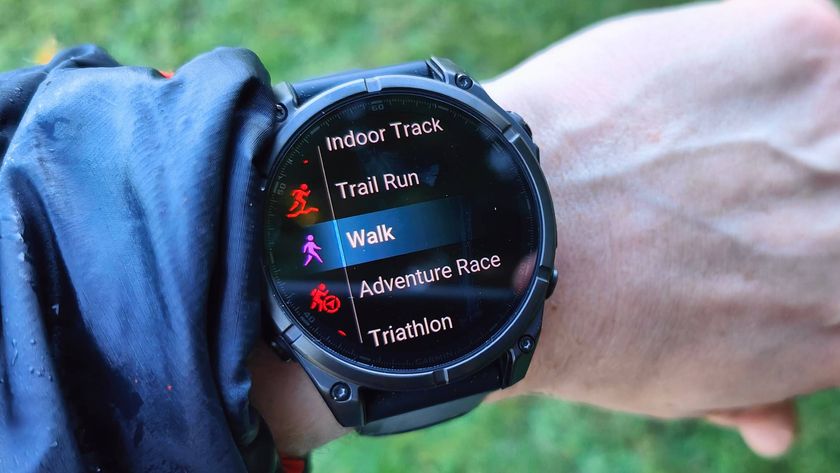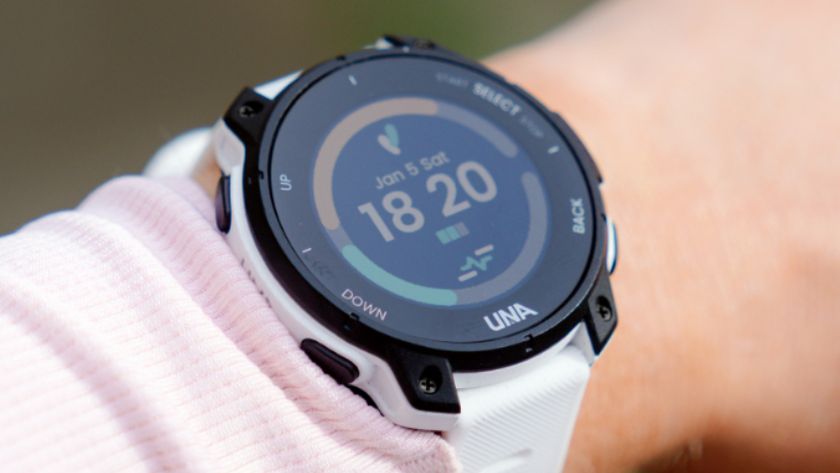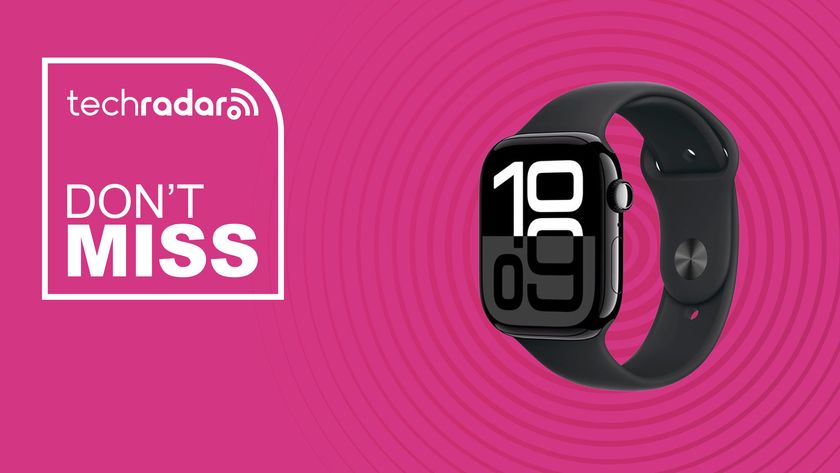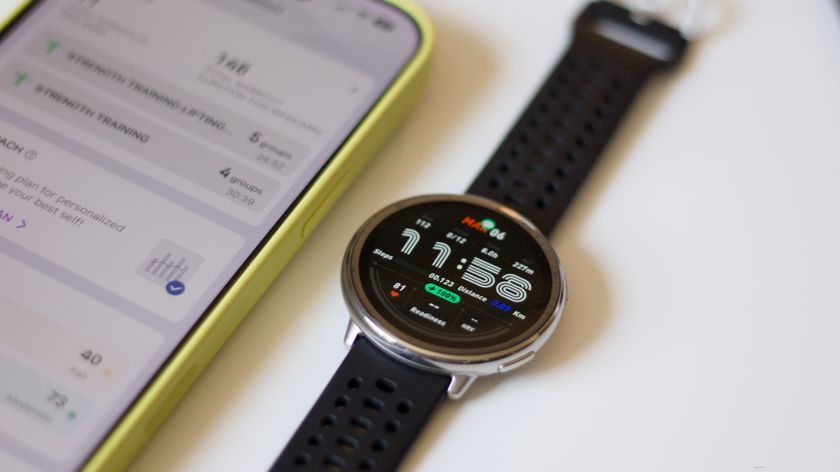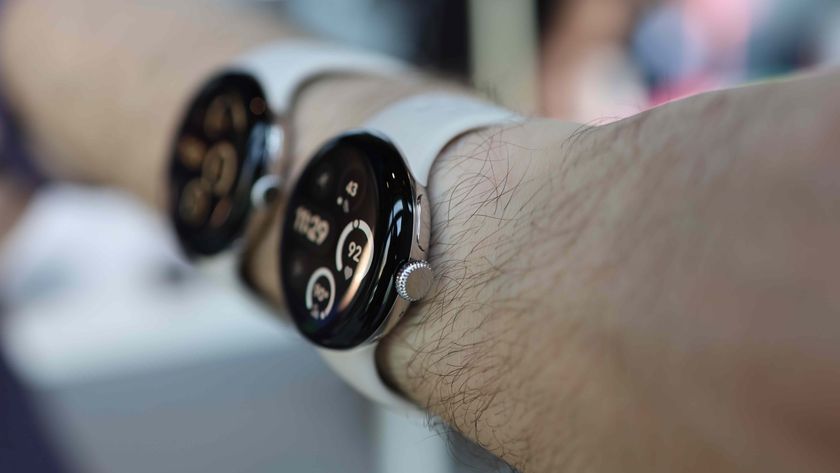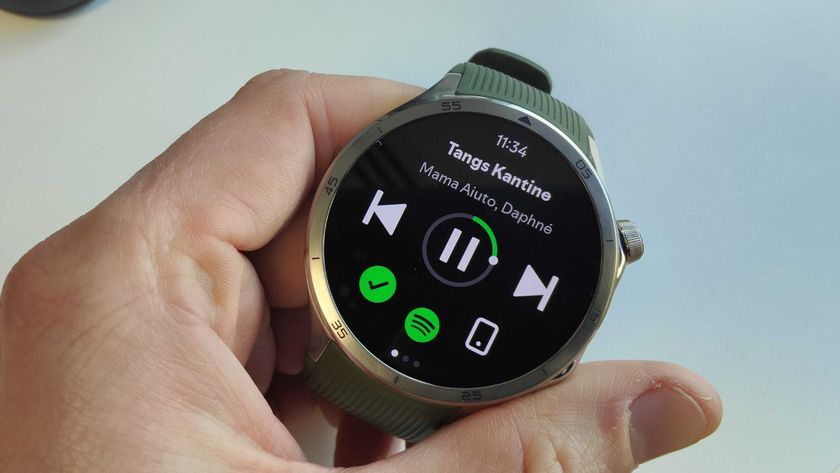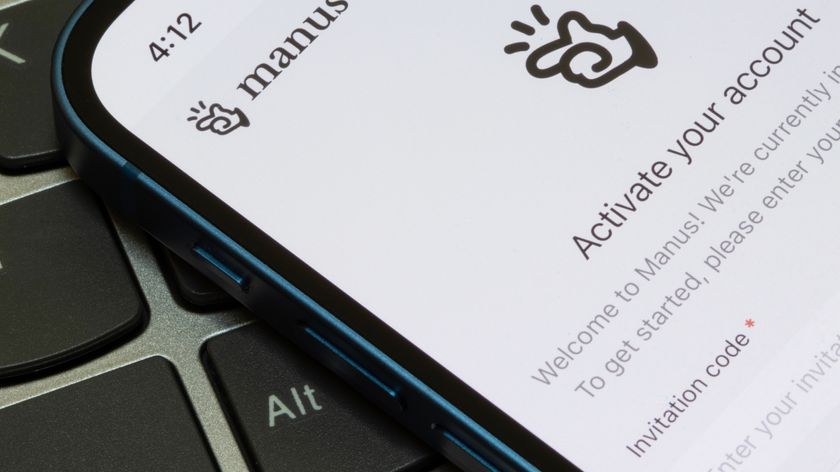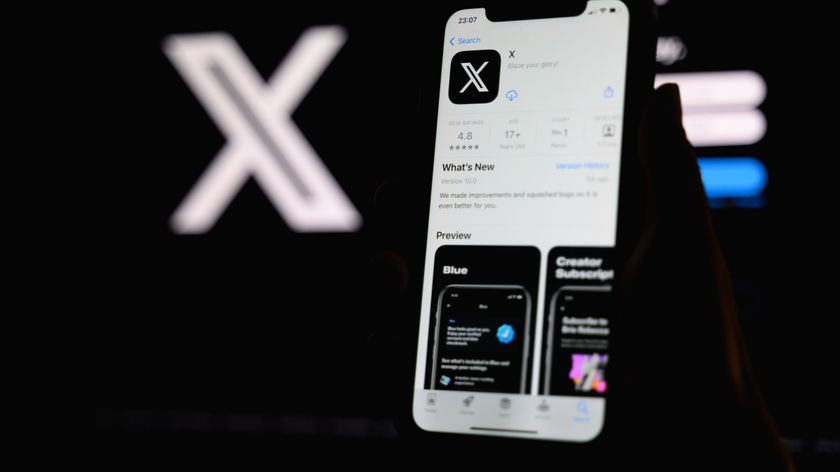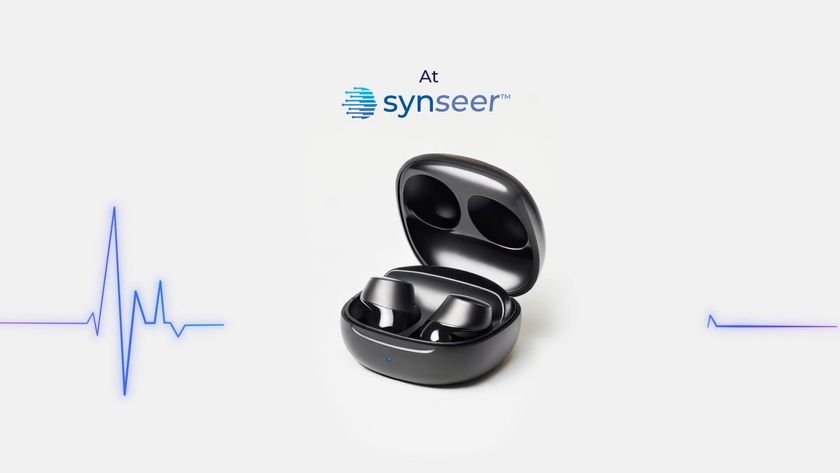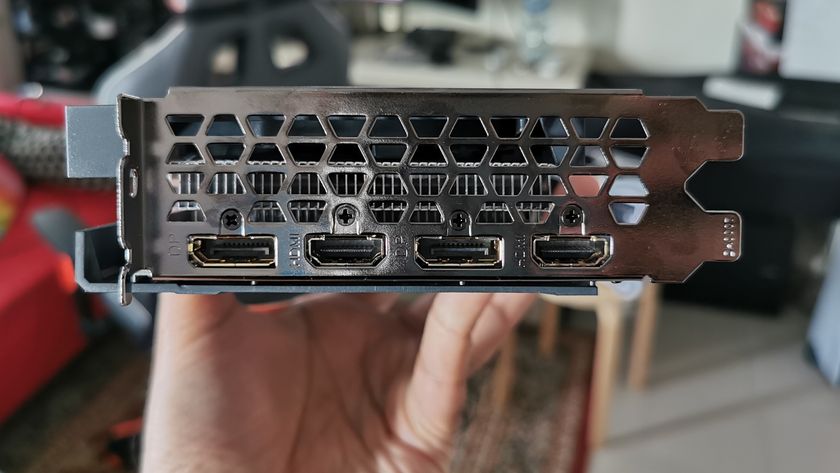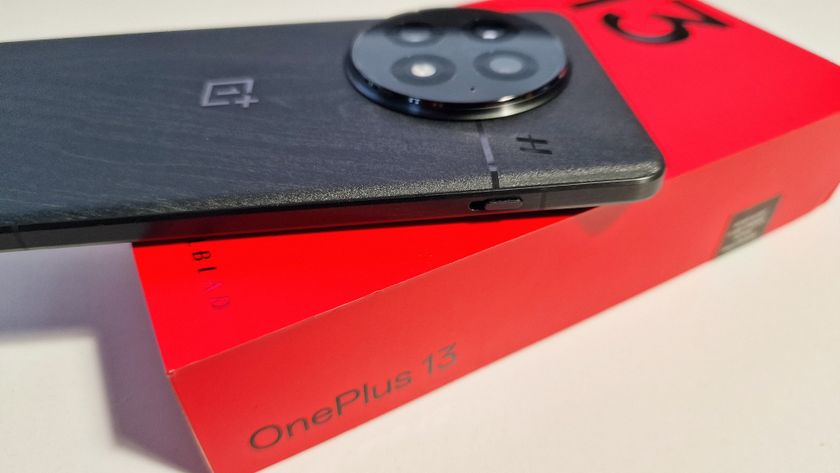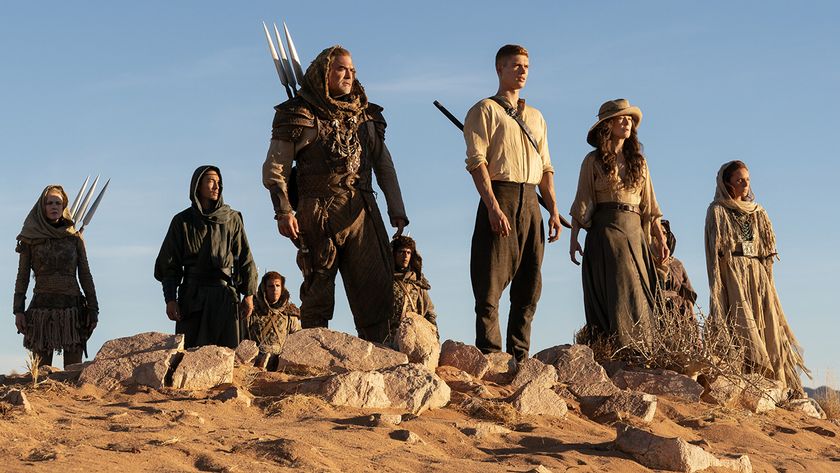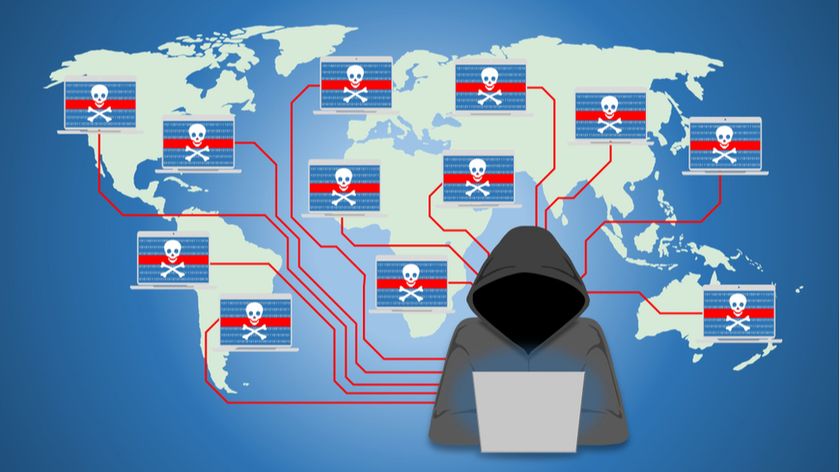Pebble: a smartwatch ahead of its Time
A future that could have been
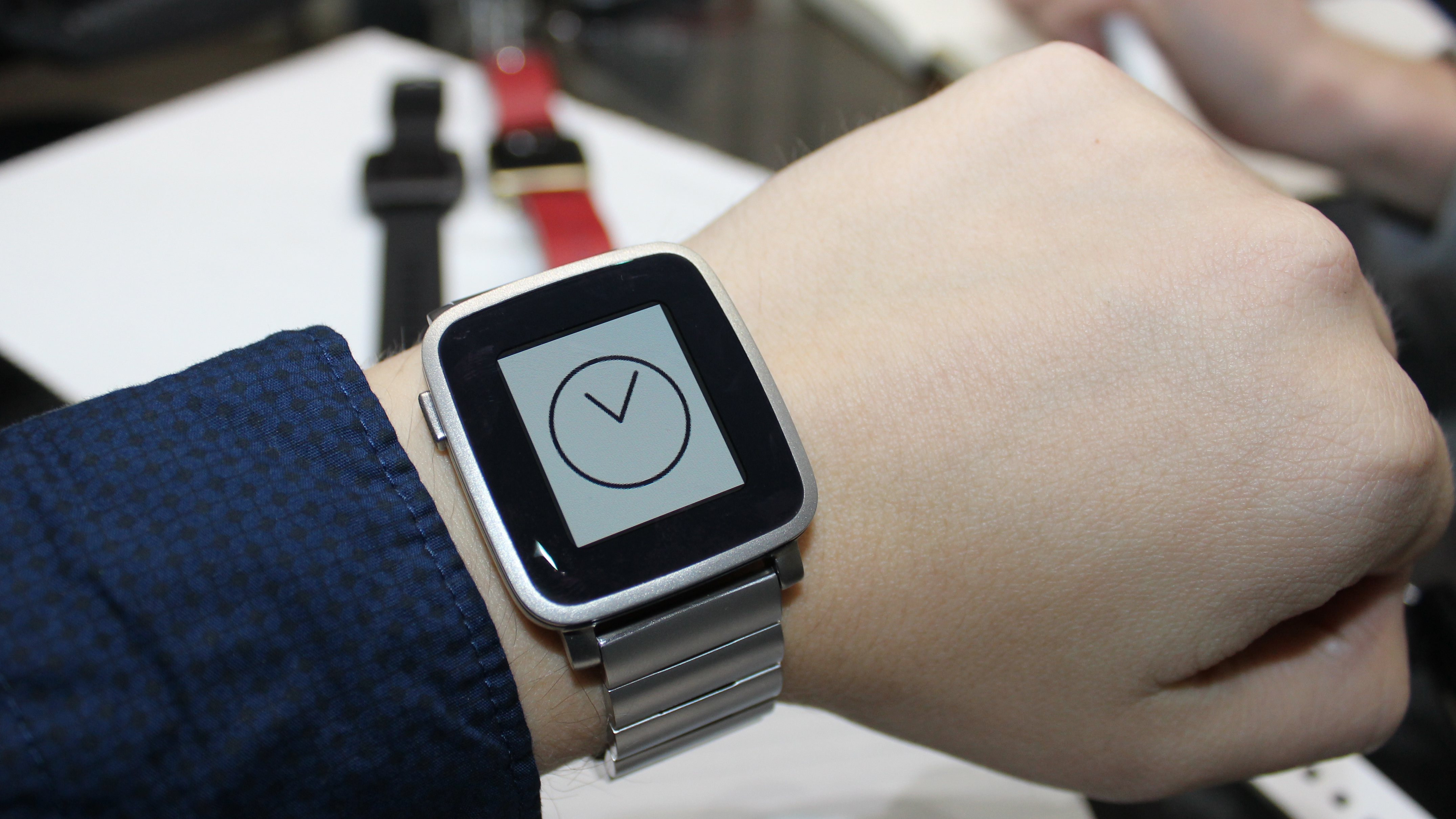
When I recently interviewed Pebble CEO and founder Eric Migicovsky, just before our session ended I asked him if he ever watched the popular TV show Silicon Valley.
He laughed and said he had to stop as it was too similar to real life - and it seems there are more parallels between the fictional Pied Piper company in that show and Pebble than I anticipated.
Both shows had that pivotal moment where the founder was forced to make a decision: sell his idea / fledgling company for a huge amount of money, or prove that they believed in the product and could make a bigger success going it alone.
Where the fictional company has had the heady rises and falls that make for great TV (and it really is great - I urge you to watch it) Pebble’s CEO had a moment where he had to choose whether it was time to cut and run, or prove the idea was still as strong as it was at conception.
But sadly, real life doesn’t have the same happy ending.
According to TechCrunch, Citizen made an offer of over $700 million for the firm in 2015, and another was made by Intel this year for $70 million. Now Fitbit has bought the brand for $40 million, which the same source said was just about covering debts.

It would be easy to write another piece that highlights the cautionary tale of Pebble, a brand that had the world at its feet and investors falling over themselves to acquire one of the hottest tech brands in Silicon Valley and yet seems to have screwed everything up.
Get daily insight, inspiration and deals in your inbox
Sign up for breaking news, reviews, opinion, top tech deals, and more.
But that would miss two key points of this story: firstly, that Migicovsky is a genuinely charismatic and enthusiastic CEO, the kind you can easily see any prospective engineer feeling the urge to sign up to bring a new idea to Kickstarter, a guy that could lead a disruption of an entrenched industry.
(It’s perhaps less well-known that Migicovsky first founded Allerta, a similar smartwatch proposition to Pebble but designed for BlackBerry phones in 2010. But that company never found huge sales, in part due to the fact the Canadian brand was already in decline itself. The InPulse watch that brand created was too advanced for a market that didn’t see the need for a smart device on the wrist, and the user base never really materialised.)
A shining light
But it’s Migicovsky’s ability to disrupt that leads to the second point - despite never really breaking into the ‘big time’ in terms of sales, Pebble was a small light shining incredibly brightly in a world of big brands spending millions on marketing campaigns to make sure their devices were the most popular.
Samsung and Apple spend insanely large amounts of money on spreading the word about their latest devices, and yet Pebble was being mentioned in the same breath despite being, as Migicovsky told me, "[...] a startup, against the largest companies in the world - so we'll take anything we can get. Companies who spend hundreds of millions on advertising, and we spend basically nothing."
The thing that Pebble’s fans loved was the simplicity of what was on offer: a watch that didn’t bother fancy animations but had some genuinely fun applications and an engaged developer community.
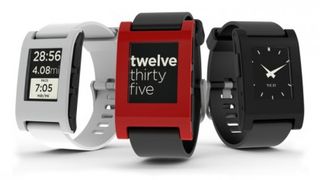
The company opened to fantastic Kickstarter sales in 2012, with 1 million Pebbles sold by the end of 2014. The Pebble Steel followed to add a touch of glamor to a device that was criticised as looking cheap, and sales were creeping up.
The devs weren’t churning out millions of apps, but the ones that appeared were cool (like an early option to tell me which platform my train was going to appear on, something that no other smartwatch - and very few phone apps - could tell me, and when you’re sprinting to get on board before your ride leaves, that’s vital information).
I even remember high-fiving a stranger at a wedding when I saw she was wearing a Pebble, a sign among the tech-loving community that this person got the industry. It was the early adopter’s perfect device: something cheap that achieved its goal really well, and that they could show off to others who didn't know about it yet.
In 2014 Mercedes was one of the early big names to get on board, letting drivers know their fuel level, whether their car was locked and making the Pebble buzz to warn of obstacles. It was rudimentary stuff, but it was an acknowledgment that Pebble had a large enough user base to consider teaming up with, even if it was just for Mercedes to show off that it ‘got’ the wearable space and was a modern company.
This was the golden time for Pebble, the moment when it looked to be the poster child for what a Kickstarter campaign could do - sales were rising steadily, and the brand launched the next generation of smartwatch: the Pebble Time.
The beginning of the end
This was the point where the wheels started to wobble for Pebble. The Time series was based on a series of cutesy animations, and the ‘Time’ part of the name was designed to highlight that this watch provided a timeline of what you’d done and would be doing going forward.
I remember being enamored by the idea but disappointed in the result - this was a time when the Apple Watch was rolling into life and Samsung was properly stepping up its smartwatch game, and Pebble hadn’t stepped up in the same way to offer a real competitor.
Apart from being cheaper and with a brilliantly extensive battery life (the Apple Watch could just about manage a day, where Migicovsky’s wearable was boosting to 10 days without needing a top up) Pebble wasn’t offering anything revolutionary or exciting.
That’s not to say it was a bad product, but by launching on Kickstarter and selling so cheaply, the customer base was pretty much tapped out. Those early adopters might still buy the next iteration, but Pebble failed to offer something that would appeal to the broader market in the same way the Apple Watch did.
The early adopter badge of honour turned into a millstone around the company’s neck.
And, to the outsider, that’s where the beginning of the slide towards being bought out on the cheap by Fitbit began. Not long after Pebble announced that it would be slashing 25% of the workforce that had swelled considerably in 2014, when new products finally launched, they were unimpressive. The Pebble 2 and Time 2 were incredibly iterative, just slight upgrades on what was already there.
But behind the two smartwatches was the thing that got me really excited: the Pebble Core. Speaking to him after the launch, I could sense that Migicovsky wanted people to talk about the Core, a device that packed its own 3G and GPS connections and could really enhance exercise.
While he admitted that smartwatches weren’t going to disappear ("People aren't going to go back to dumb watches") it was the idea that the Core could take a component of the smartwatch and make it so much more useful that was enthusing him.
"Our vision is not of building watches but a network of devices around the body, allowing people to talk and live more efficiently," Migicovsky told me.
"Apple and Google are confusing people, [by] making a tiny smartphone on the wrist. People want great innovations, in a place where your phone doesn't make sense. In the long term we see people using their phone less as a central point of connection."
The impossible future
It was that moment that got me the most excited about Pebble as a company, and one that made me hope that it could hold on and make it to the next iteration of product.
Because if you looked at what was there, Pebble had a brilliant opportunity to reboot itself in the Kickstarter space. The watches weren’t working out, but an exercise wearable that could fuse itself with your timeline properly - which the Pebble Time range had opened the door to do - would be revolutionary, the true digital personal trainer telling you when to work out and how.
I could see the Core being the start of a network of devices around the body, and more importantly the start of devices that actually talk to one another, where other brands were desperate to lock down their own ecosystem.
Pebble’s joint values of openness and understanding the user were exciting - but sadly, the next level was never reached. We’ll need to wait until the deal with Fitbit is concluded to see whether this was a sale based on value or just clearing debts, but it’s clear Pebble was limping along towards the end.
So I can only pray that Fitbit has bought Pebble for the smarts within it, not just key engineers and the chance to remove a competitor from the market. While the Core is dead, there’s every chance that Fitbit could resurrect it in the Charge HR 3 or Blaze 2.
Lest we forget - the Core was going to be the device that FINALLY freed Spotify from your phone and into a small wearable, something I’m desperate to have and yet has failed time and again.
If only Pebble could have grabbed that venture capital money, given it enough time to carry on and shown that it could make a revolutionary product. Kickstarter was its only option, but it never managed to break out of the cycle.
RIP Pebble - let’s just hope that Fitbit knows how to get the most out of what it’s bought.

Gareth has been part of the consumer technology world in a career spanning three decades. He started life as a staff writer on the fledgling TechRadar, and has grew with the site (primarily as phones, tablets and wearables editor) until becoming Global Editor in Chief in 2018. Gareth has written over 4,000 articles for TechRadar, has contributed expert insight to a number of other publications, chaired panels on zeitgeist technologies, presented at the Gadget Show Live as well as representing the brand on TV and radio for multiple channels including Sky, BBC, ITV and Al-Jazeera. Passionate about fitness, he can bore anyone rigid about stress management, sleep tracking, heart rate variance as well as bemoaning something about the latest iPhone, Galaxy or OLED TV.
